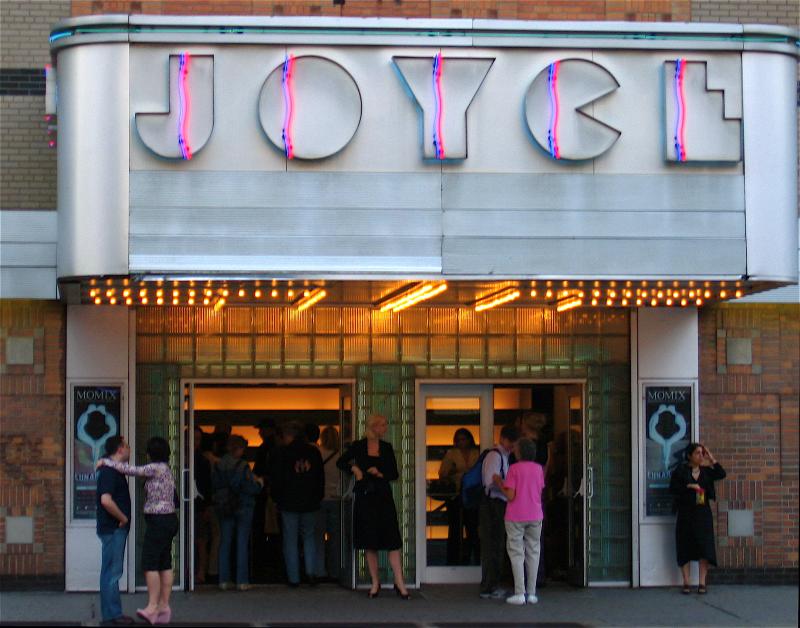1980

The former movie house the Elgin Theater was renovated with support from the NEA to create the Joyce Theater, a world-class dance venue. Photo by Susan Sermoneta, flickr.com Creative Commons
Eliot Feld, director of the Feld Ballet, had a problem. Rising debt incurred from expensive New York City theater rentals threatened the survival of his burgeoning dance company. Moreover, the theaters that did exist were ill-suited for dance performance. As early as 1970, Feld dreamt of a permanent dance venue for his company. In 1978, the opportunity finally arrived.
The Elgin Theater, once a popular movie cinema in the Chelsea area of New York, was reduced to showing adult movies for its income by the 1970s, prompting neighborhood protests that forced its closure. In 1978, the Elgin Theater went up for sale. Feld and his co-director Cora Cahan immediately began to seek financial support to purchase and renovate the building.
In 1980, the NEA Dance and Design programs jointly awarded a $105,000 grant for the initial demolition and reconstruction costs of the project. The agency was also key in helping Feld secure the rest of the project funding. The agency acted as an advocate to other government bodies such as the Department of Housing and Urban Development and the Department of Commerce. The Arts Endowment also indirectly served as a symbol of the project’s importance to other investors. As one New York Times reporter later commented, although the private sector served as Feld’s primary funding source, private donors committed only after the government demonstrated its support.
The Elgin Theater underwent a $3.5 million facelift and became the Joyce Theater, named after the daughter of a primary benefactor. At a yearly rental rate of just $1, the Joyce has provided a permanent home for Feld’s company, now called Ballet Tech, and a comfortable space for hundreds of other traveling dance troupes.
Today, the Joyce remains one of the foremost dance venues in the world, having hosted more than 400 national and international dance companies since its inception. Each year, the theater also holds free dance performances for more than 5,000 students. The intimate 472-seat theater has become a beloved fixture among dance aficionados who make up an annual audience of approximately 150,000 people.

